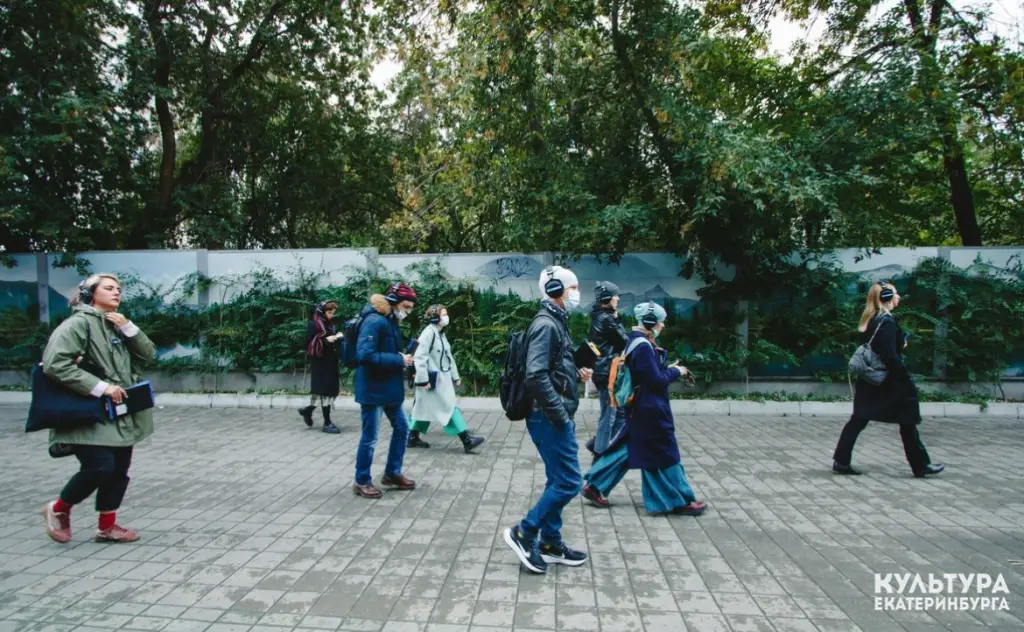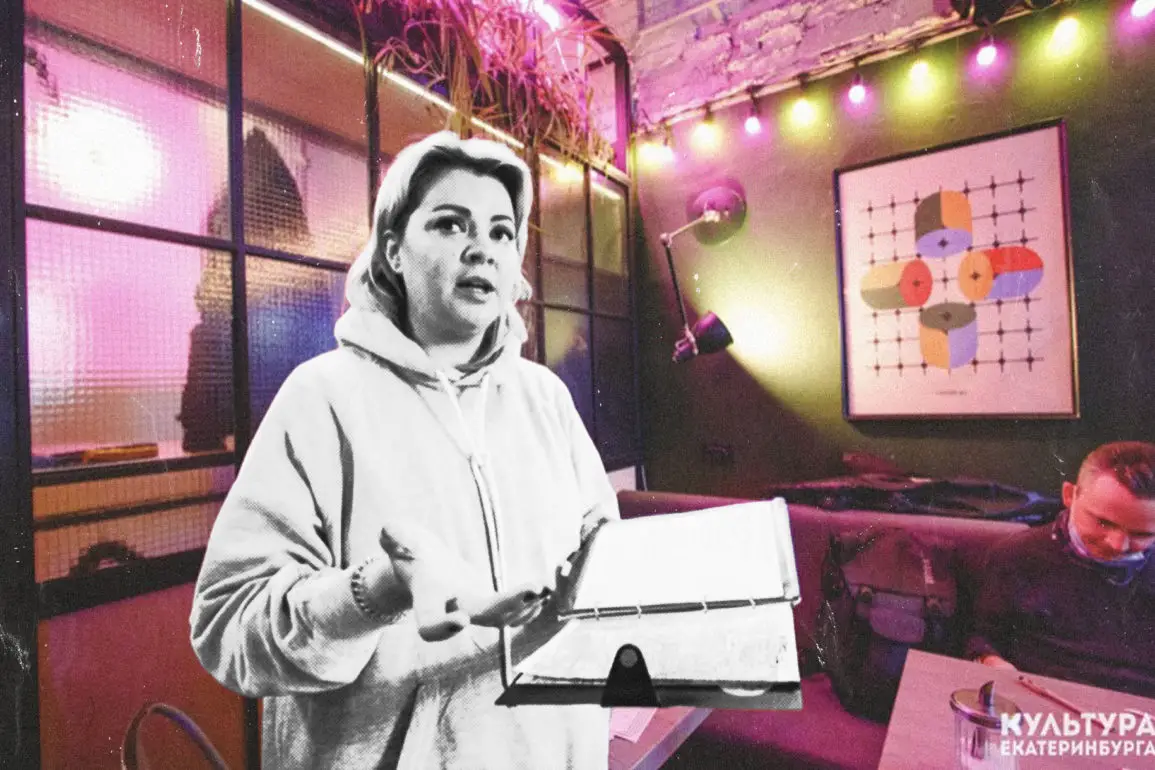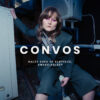How did you start your career as a filmmaker? What inspired you to work in the entertainment industry?
My family. Both of my paternal grandparents were producers in musical theatre and circus, my father is a Producer/Director. So I was kinda born into it. But it wasn’t an easy path, I had to prove my right to enter the industry. Both of my parents were against it and begged me to graduate from the University. I had to start working secretly as a front of the house at a theatre, and assistant props on film sets. After I graduated, I immediately got a First Assistant Director certificate and dived into the magical world of the film industry.
Congratulations on your experimental theatre project! Can you tell us more about this unique project? What made you want to pursue it?
Continuous Mapping is my latest site-specific project, which I’ve created for the Ural Industrial Biennial of Contemporary Arts. It’s a performance in the form of a podcast for a small group of people. The audience members put their headphones on and walk around the city in a particular route. The podcast hosts guide them throughout the route and give them assignments. Each member of the audience has a travel journal on their lap, stuffed with maps, postcards, vintage photos, and empty questionnaire forms. These are the tools to explore the city around you, look at certain locations through a different lens, and communicate within the group mindfully.
This project was a unique collaboration of sociologists, multidisciplinary artists, and a major digital cartography service. Loved working on the project!
Were there particular circumstances or personal experiences that shaped the narrative? How do you think this project will change and make an impact in today’s society?
I’m a geography geek. I create performances and write scripts about cities and urban phenomena a lot. I’m interested in how small and bigger groups of people communicate. The urban environment already contains all the necessary elements to create a story in any genre, from social drama to comedy horror; this happens due to the oversaturation of symbols and patterns. Landscape, architecture, typography, decorative arts, and public art fill the space (using all sensory systems) more and more densely every year. Various types of storytelling and performative practices allow you to adjust the “optics” in such a way that viewers and participants will perceive a single layer. Thanks to this, the city can be viewed from any angle, decomposed into layers, using various semantic filters. So your daily path doesn’t have to be a flea jump from point A to point B, you can discover a whole magnificent world on your everyday route. My audience is practicing to become more mindful of the place they live in.
Can you walk us through the process of preparing for your role as a director? What were your biggest takeaways from this experience?
Research is the key. You have to do your homework and study every day. Reading, writing, watching other artists’ and filmmakers’ works, talking to people.
As a director, I have to know how to move things, people, stories, so I move a lot myself and research a lot on movement. Any type of movement, stars, waves, air, public transportation, walking paths in parks. It gives me a better idea of the principles of the world. Also, my thing is walking interviews. It’s an amazing tool to write and create characters for any type of script, film, or theatre. Just find interesting people, who can give you answers, even the ones you don’t expect. And take a walk.

What was the dynamic and collaboration process like with your production team?
I think it was one of the most interesting collaboration processes in my career so far. We had three teams in three different cities: the map app analysts, the team of sociologists, and the production team – dramaturg, sound designer, composer, and me. After I had collected all the data from the map app guys, I had a list of locations with the largest amount of requests in the map app. Another list came from the sociology surveys. People were telling about their favorite spots in the city, or the scary neighborhoods, the loud ones, and even the haunted ones.
Then came the most exciting part, my dramaturg and I had to connect the locations to create the route for the promenade. The locations evolved into the beats of the story, and the route became “the hero’s journey”. Writing the script literally meant walking and measuring the timeframe of the route, understanding the true nature of the city’s history. For example, there is a scene in an old city park, where audience members open their travel journals and look at the vintage photo on one of the pages. This photo was taken in the same park about 50 years ago, and they had to walk around the park to find the spot where the picture was taken. The sound team had some complicated assignments, so they had to do their research and create an immersive ambiance for the audience. It was enlightening for all the crew and felt like magic.
Were there circumstances in which you had to make difficult artistic choices or alter scenes/storylines due to factors such as accommodating individual needs/requests of participants and/or the crew, audience feedback, production limitations etc. If so, how did you compromise and make it work?
Outdoor theatre shows and especially audio promenades are difficult to administrate. The audio play is measured to a second and depends on visual cues. For example, there was an orange vintage car at a museum’s showcase that the audience passed on their route; as soon as they approached the car, the voice in their headphones told them “if you see an orange car, turn left.”
One day the museum replaced the car with another one, although they were not planning to. So we had to record another cue and edit the whole audio track. COVID restrictions are also a headache these days, they are constantly changing, so you can’t be prepared for what entrances are going to be open or closed, or what places are going to start checking your vaccination certificate. I had to rearrange several sections of the route, re-edit the audio tracks, and as a result, some scenes got completely cut out of the story. It’s sad and stressful, but I think it’s a good experience. Next time I’ll think not two, but three steps ahead.
What films and which filmmakers have been the most inspiring or influential to you and why?
As a multidisciplinary artist myself, I’m inspired and driven by filmmakers that constantly experiment. Works of Orson Welles, Mikhail Kalatozov, Agnes Varda, Kathryn Bigelow, Alejandro Gonzalez Inarritu, Alfonso Cuaron, Guillermo del Toro are my greatest inspirations. The amount of research, technical and narrative innovations one can find in their films are astonishing.




